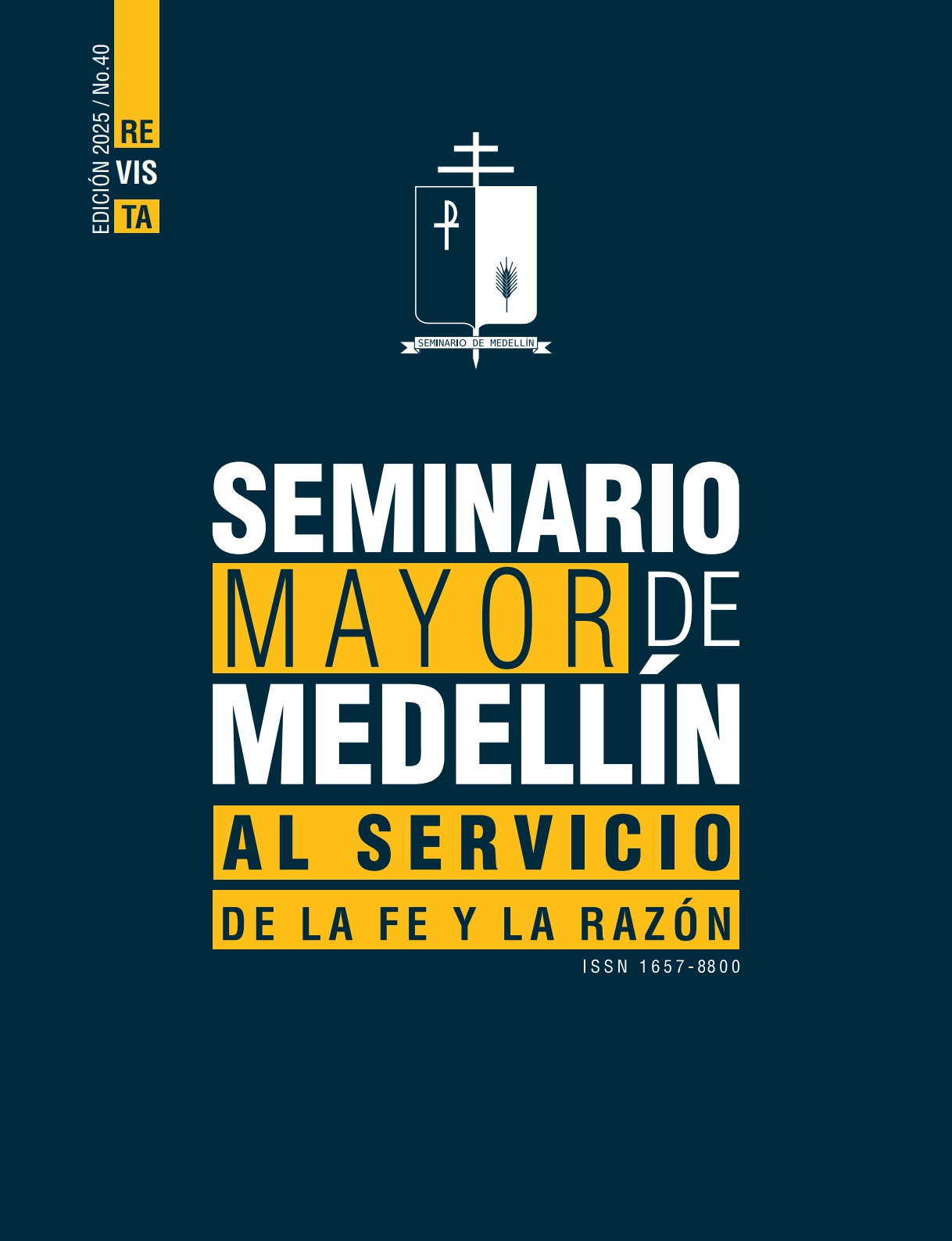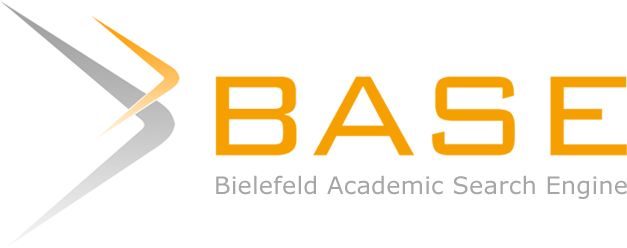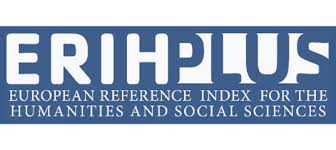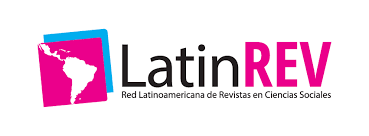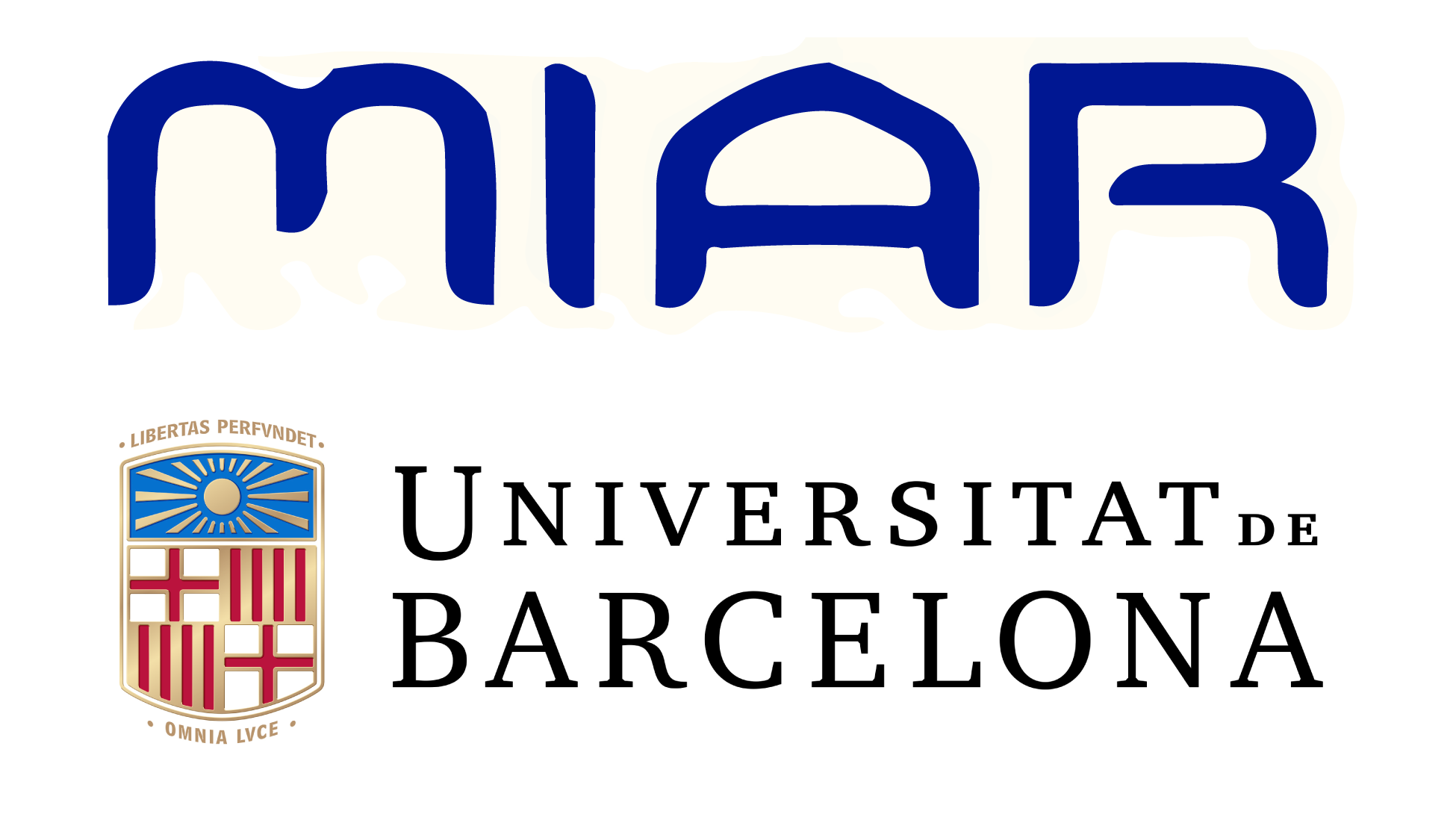Aspectos de la humanidad de Jesús a partir de Mc 6,1-6
Palabras clave:
Humanidad de Jesús, Evangelio de Marcos, encarnación, fe, Nicea, identidad de CristoResumen
Este artículo profundiza en la humanidad de Jesús a partir de Mc 6,1-6, en diálogo con la confesión cristológica del Concilio de Nicea. A través de un análisis exegético e histórico, se muestra cómo Marcos presenta a Jesús como verdadero hombre inserto en su contexto familiar, laboral y social, revelando el realismo de la encarnación. El estudio destaca que el reconocimiento de esta humanidad no contradice, sino que confirma, la fe en su divinidad. La incredulidad de los nazarenos ilustra el riesgo de reducir el misterio de Cristo a categorías puramente humanas.
Referencias
Allison, D., & Davies, W. D. (1991). A critical and exegetical commentary on the Gospel according to Saint Matthew (Vol. 2). T&T Clark.
Arendt, H. (2009). La condición humana. Paidós.
Aviam, M. (2013). The decorated stone from the synagogue at Migdal: A holistic interpre- tation and a glimpse into the life of Galilean Jews at the time of Jesus. Novum Testamentum, 55, 205–220.
Aviam, M. (2018). First-century Galilee - New discoveries. Early Christianity, 9, 219–226.
Aviam, M., & Green, W. S. (2005). The ancient synagogue: Public space in Judaism. En J. Neusner, W. S. Green, & A. J. Avery-Peck (Eds.), Judaism from Moses to Muham- mad: An interpretation (pp. 183–200). Brill.
Bauckham, R. (1994). The brothers and sisters of Jesus: An Epiphanian response to John P. Meier. The Catholic Biblical Quarterly, 56(4), 686–700.
Briffa, J. M. (2025). The world of the gospels in the light of archaeology today. En P. Costa (Ed.), The New Testament in the Greco-Roman World (pp. 27–44). Peeters.
Collins, A. Y. (2007). Mark. Fortress Press.
Concilio Ecuménico Vaticano II. (1965, 7 de diciembre). Constitución pastoral sobre la Iglesia en el mundo actual, Gaudium et spes. Vaticano.
Denzinger, H., & Hünermann, P. (2012). Enchiridion symbolorum, definitionum et declarationum de rebus fidei et morum. Ignatius Press.
Fiensy, D. A. (2014). The Galilean village in the late Second Temple and Mishnaic periods. En D. A. Fiensy & J. R. Strange (Eds.), Galilee in the late Second Temple and Mi- shnaic periods, volume 1: Life, culture, and society (pp. 216–241). Fortress Press.
Francisco. (2021, 24 de noviembre). Catequesis sobre San José 2: San José en la historia de la salvación.Vaticano. https://www.vatican.va/content/francesco/es/audiences/2021/documents/papa-francesco_20211124_udienza-generale.html
Gnilka, J. (1999). El evangelio según San Marcos (Vol. 1). Sígueme.
González Echegaray, J. (2000). Jesús en Galilea: Aproximación desde la arqueología. Verbo Divino.
González, A. (2021). Descubrir el nombre: Subjetividad, identidad, socialidad. Comares.
Guijarro, S. (2010). La relación entre el padre y el hijo en la cultura mediterránea y en el Nuevo Testamento. Medellín. Biblia, Teología y Pastoral para América Latina y El Caribe, 36(143), 381–389.
Levine, L. I. (1999). The ancient synagogue: The first thousand years. Yale University Press.
Meier, J. P. (1992). The brothers and sisters of Jesus in ecumenical perspective. The Catholic Biblical Quarterly, 54, 1–28.
Meyers, M. (2021). Questioni di purità e “giudaismo comune” alla luce dell’archeologia. En J. Sievers & A. Levine (Eds.), I Farisei (pp. 56–68). San Paolo – Gregorian & Biblical Press.
Parente, L. (2020, abril). Chi è mia madre e chi sono i miei fratelli? (Mt 12,48). Parola&pa- role, 47–60.
Parola&Parole. (2022). Revista de la Associazione Biblica della Svizzera Italiana, 33, 55–67.
Pitre, B. (2018). Jesus and the Jewish roots of Mary: Unveiling the mother of the Messiah. Image.
Puig, A. (2007). Gesù. La risposta a los enigmas. San Paolo.Poirier, J. (2014). Education/ literacy in Jewish Galilee: Was there any and at what level? En D. A. Fiensy & J. R. Strange (Eds.), Galilee in the Late Second Temple and Mishnaic Periods (pp. 253–265). Fortress Press.
Reed, J. L. (2000). Archaeology and the Galilean Jesus: A re-examination of the evidence. Trinity Press International.
Standaert, B. (2011). Marco: Vangelo di una notte, vangelo per la vita (Vol. 1). EDB.
Strange, J. R. (2015). Nazareth. En D. A. Fiensy & J. R. Strange (Eds.), Galilee in the late Second Temple and Mishnaic periods, volume 2: The archaeological record from cities, towns, and villages (pp. 174–178). Fortress Press.
Taylor, C. (1996). Fuentes del yo: La construcción de la identidad moderna. Paidós.
Descargas
Publicado
Número
Sección
Licencia
Derechos de autor 2025 Revista Seminario Mayor de Medellín

Esta obra está bajo una licencia internacional Creative Commons Atribución-NoComercial-SinDerivadas 4.0.
